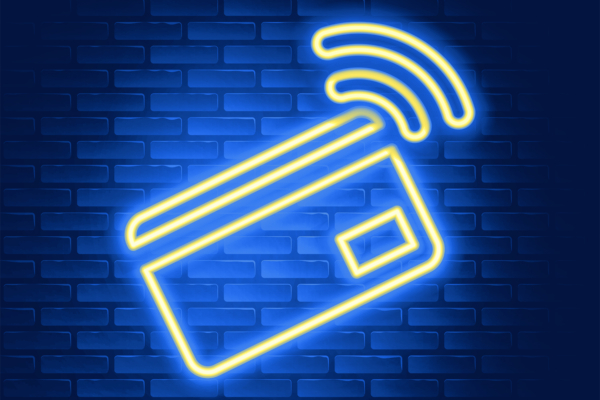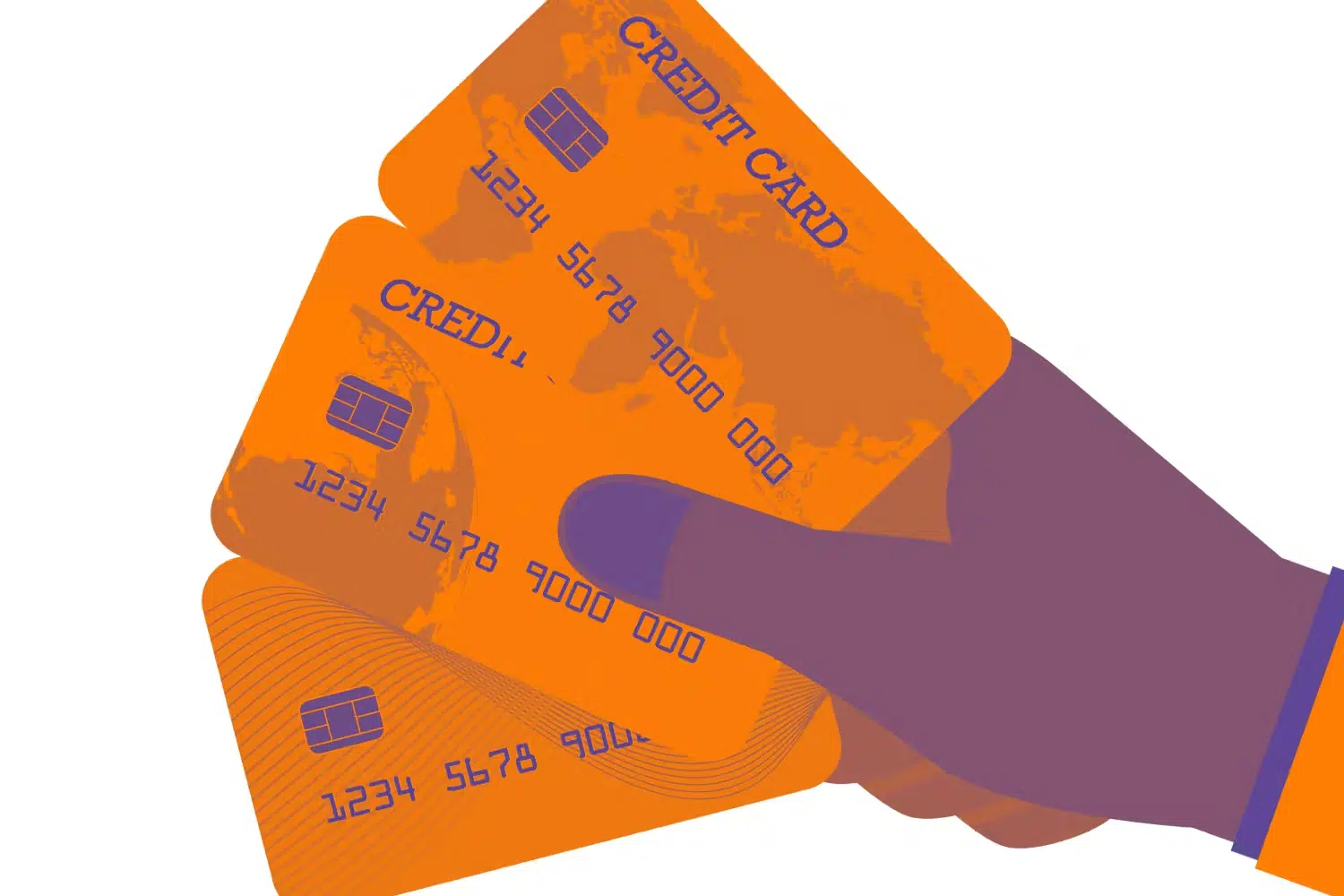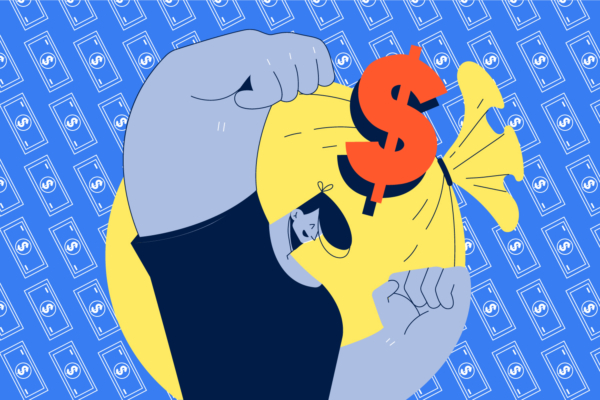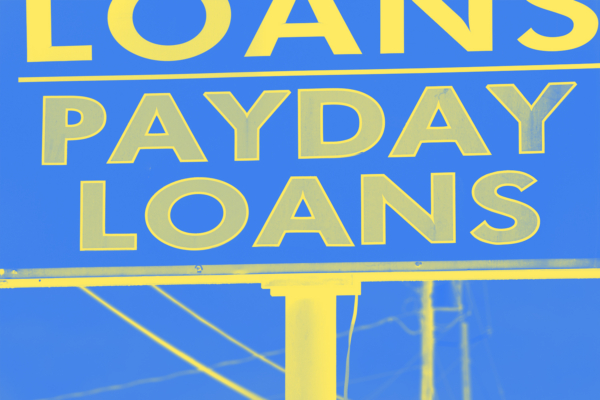
How Many Credit Cards are Too Many?

If you are working to improve your credit score, you’re probably looking at your cards and wondering: how many credit cards is too many? Do credit bureaus dock you for the number of accounts you have open? When should you consider closing credit card accounts?
In this article, we’ll explore the answers to these complex questions. We’ll also tell you about some factors that are more important in determining your credit score, such as your credit utilization rate.
How many credit cards should you have?
There is no magic number that is considered “too many” when it comes to credit cards. Instead, the focus is placed on how you use the credit available to you. A person with one credit card that frequently misses payments and has a high balance will likely have a lower credit score than someone with five credit cards that have no or low balances and a spotless payment history.
Some of the most common factors that play a role in your credit score include:
- Whether or not you make credit card and loan payments on time
- Your credit utilization rate
- Amounts you owe on credit cards and loans
- Length of your credit history
Some of these factors are self-explanatory. Others, like credit utilization rate, may raise a few questions.
What is a credit utilization rate?
Your credit utilization rate, also known as a credit utilization ratio, compares how much revolving credit you use to how much you have available to you. Revolving credit is any type of credit in which you borrow money and repay it on an ongoing basis like a credit card, personal line of credit, or home equity line of credit.
Lenders will often look at this number when determining loan or credit card approval because it is an indicator of how a borrower is able to manage credit or whether they are overextended. It also plays a big factor in your credit score. With some credit scoring models, utilization rates can impact as much as 30% of your total score.
How is your credit utilization rate calculated?
Your credit utilization rate is expressed as a percentage and can be calculated two different ways.
Per-card Utilization
Your per-card utilization looks at how much credit you use on a specific card in comparison to that card’s limit.
For example, if you have one credit card with a balance of $500 and a $2,000 limit, that card’s utilization rate would be 25%.
Total Utilization
Your total utilization rate is calculated by dividing your total credit card limits by your total balances.
Say you have three credit cards. Credit card #1 has a balance of $50 and a limit of $1,000. Credit card #2 has a balance of $300 and a credit limit of $500. Credit card #3 has a balance of $500 and a limit of $2,000.
| Limit | Balance | Per-card Utilization | |
|---|---|---|---|
| Credit Card #1 | $1,000 | $50 | 5% |
| Credit Card #2 | $500 | $300 | 60% |
| Credit Card #3 | $2,000 | $500 | 25% |
| Totals: | $3,500 | $850 | 24.3% |
Your total utilization rate would be calculated by adding up your total limits and total balances of the three cards, which equals $3,500 and $850, respectively. Next, divide the total card limits by the total balance, which gives you a credit utilization rate of .243 or 24.3%.
Which number is more important?
Both your per-card and total utilization rates are important and are taken into consideration by credit score models and lenders.
Your total utilization is a good indicator of your overall situation but can be misleading if you don’t consider the per-card rate. After all, someone could easily counteract a maxed-out card by just opening a new card, thus increasing the overall limit. In this situation, your total rate may paint a good picture, but when a lender sees your 100% utilization on your first card, it will be a red flag.
In general, experts recommend keeping both your per-card and overall credit card utilization rate under 30%.
How Opening and Closing Credit Cards Affects Your Credit Utilization Rate
Anytime you open or close a credit card, the amount of credit available to you changes. Therefore, your credit utilization ratio shifts with each card that you open or close. All else equal, if you open another card and keep the balance low or at zero, your credit utilization rate will go down. If you close a card without paying down other balances, your utilization rate will go up.
This is why many experts warn against closing credit cards if you are working on improving your credit score. The best course of action is to pay down debt but keep the card open.
Perhaps the most important thing to remember about credit card utilization rates— and credit cards in general— is that having credit available to you is a good thing. However, it can quickly become a bad thing if you use everything that’s available to you and are unable to pay it back. The temptation to rack up debt is always there, but your financial well-being depends on using your credit responsibly.
Use Your Cards Wisely
There’s no secret number that draws the lines between too many credit cards, too few cards, and the perfect amount. It’s all about how you use the cards that you have. Having multiple cards can help you in the long run by improving your credit utilization rate, provided that you are diligent about paying your bills. Remember— just because you have credit available to you doesn’t mean you should use every penny. Keeping your utilization rate low is key to maintaining a healthy credit history.
Looking for a New Credit Card?
From a secured credit card to an introductory 0% APR credit card offer, we have a credit card to fit every credit score.



